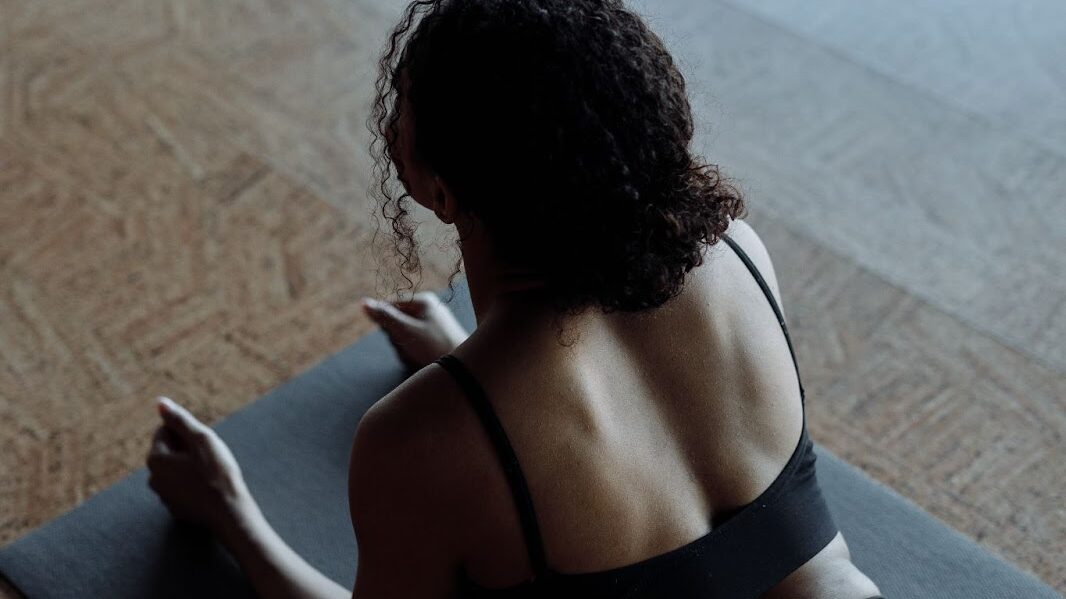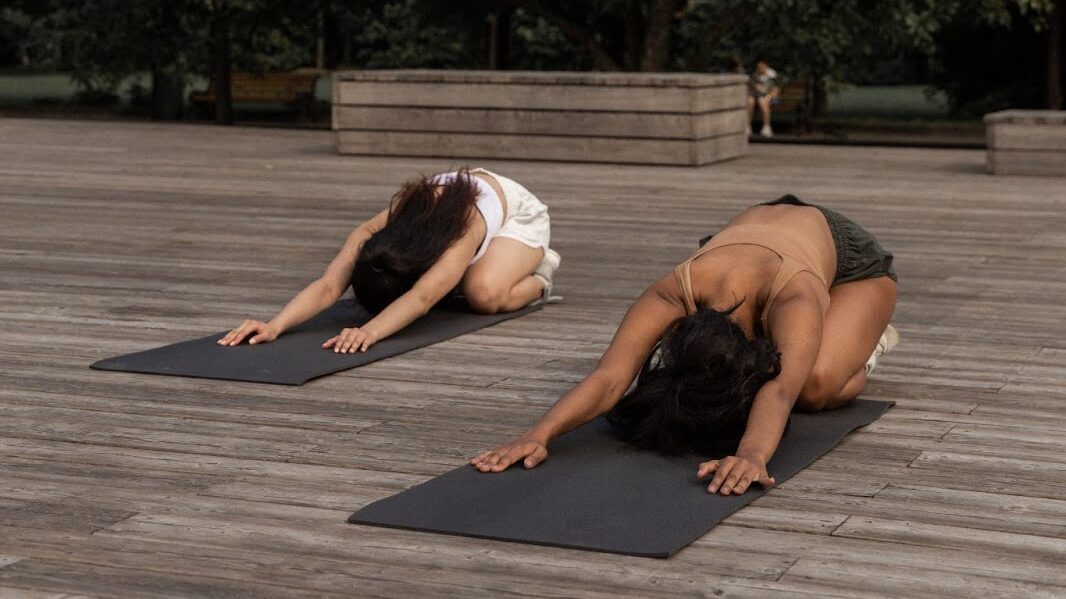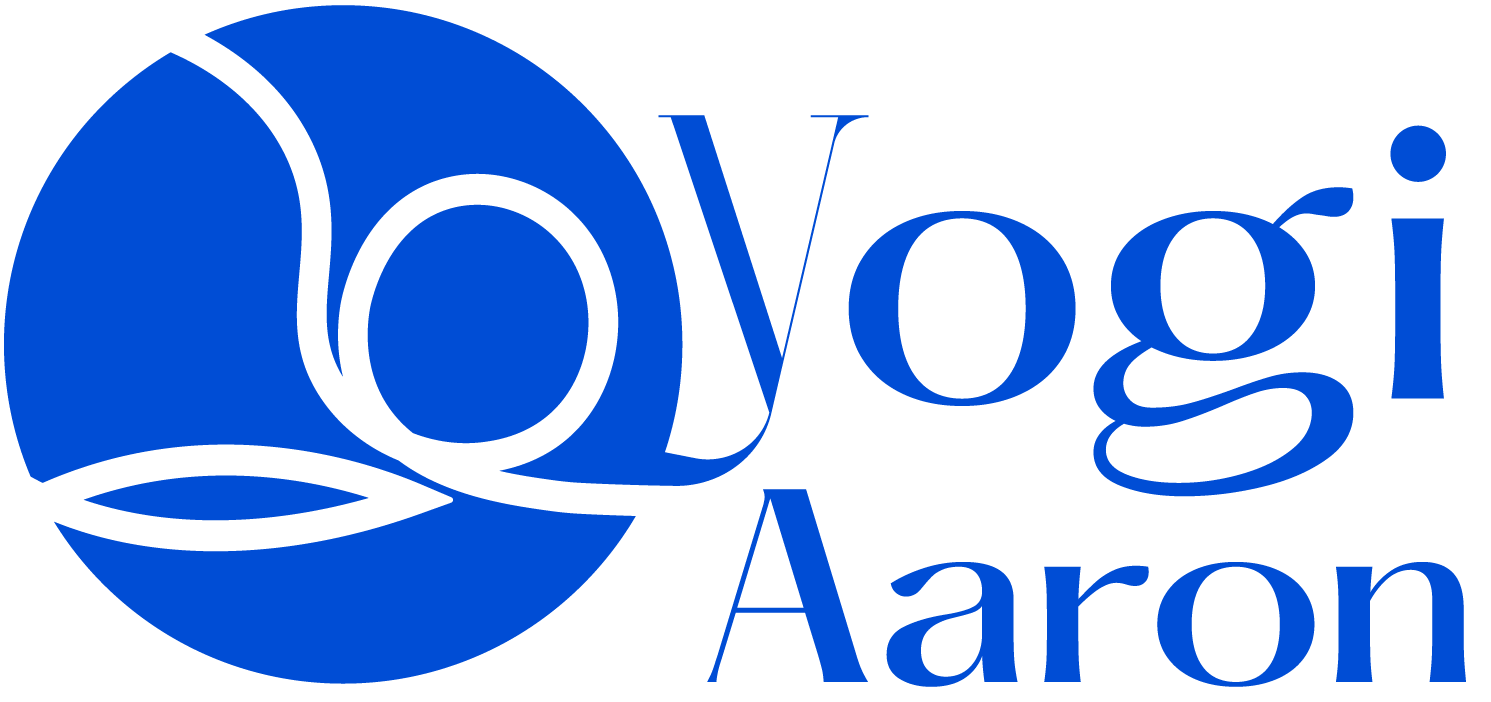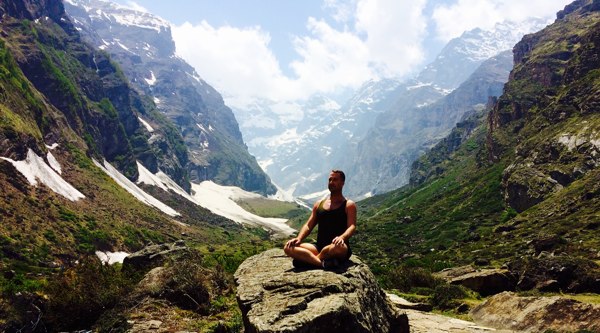How many times have you thought to yourself, “Wow, I should really stretch”? Whether it’s before your workout, or after a run, we have become accustomed to this way of thinking. Have you ever stopped to ask why you’re stretching and how it benefits you and your body?
Stretching is actually a form of lengthening the muscle past it’s natural formation. “Unloading” is how we really should refer to it. And when we look at the brain, we know that it is connected to the muscle in terms of how we think about the two synergistically.
The Brain-Body Connection
The brain has a sense of where the muscle is in space so when we start to passively stretch or force the muscle to contract, we are disrupting this connection. Though it might feel nice in the moment, stretching the muscle outside of the form that the brain recognizes will do more harm than good.
The brain and our muscles are connected in ways that we don’t even need to think about. Since the brain knows the natural way our body should be moving, and the postures we should be holding, it is also keeping our body safe. Many yoga poses encourage shape-shifting and lengthening the muscles beyond capacity.
The downfall is also that most yoga teachers are not aware of the ways that certain poses will lengthen as opposed to stabilize the muscles. Through techniques like Muscle Activation Techniques (MAT) we can not only stabilize the muscles but also strengthen them. If yoga teachers and students alike became excited about anatomy and the ways our bodies naturally want to move, yogis could make much more progress in their practices.
Listen to the STOP Stretching podcast series NOW!
Strong Over Stretchy
Whether you are a runner, weight lifter, yogi, or all of the above there is definitely a MAT exercise for you, or a yoga posture to eliminate that will help stabilize and strengthen your body.
Here are just a few tips and tricks that can be applied to whatever your body’s needs are!
To Strengthen the Lower Back–Quadrupeds
One of the best MAT exercises is called quadruped. In yoga, some people call it bird dog.
- Come to all fours with knees about hip distance apart and hands placed under shoulders
- Lift the opposite arm and leg, keep them raised
- Engage the lower back muscles, draw down the shoulderblades and reach higher with the lifted arm and leg
- Keep the hips parallel to the ground
Hold here for 6 seconds, come back to all fours, and repeat on the other side. Repeat 6 times on each side. This is one of the only postures that will actually strengthen the lower back muscle called the multifidus.
To Strengthen the Upper Back–Shalabasana with Arm Modification

- Lay on your belly with legs flat and feet hip width apart,
- Bring arms long in front of you, palms facing inward
- Rest forehead on the ground
- Engage the belly and, lift arms.
- Lengthen from your toes to extended fingertips
- Keep shoulders drawn down away from ears with neck and head in line with your spine
- With each inhale engage the belly, with every exhale lift arms higher into the pose.
Hold here for 6 seconds, come back to all fours, and repeat on the other side. Repeat 6 times on each side. Though the movement in this exercise does feel a lot like back stretches, it is actually doing more to strengthen and stabilize those upper back muscles.
To Strengthen the Hips–Eliminate Childs Pose

Listen to the STOP Stretching podcast series NOW!
One of the best hip mobility exercises is actually eliminating one of possibly your favourite yoga poses. Though child’s pose may be a favourite amongst yogis for hip stretches, it actually does the opposite of strenthening the hips.
You may often hear in your yoga classes that a pose helps ‘to open the hips’ when in actuality the brain really wants us to stabilize our hips. Going back to the brain-body connection, the brain only knows to keep the hip flexors in line, directly over the femur, the calf muscles, ankles and feet.
When we are stretching the hips open, we are forcing certain muscles to shut down by disrupting the connection between the brain and the muscle’s position in space. When we disrupt the length of our muscles, we are disrupting the brain-muscle connection.
To Strengthen the Hamstrings–Figure Four
When the hamstrings are tight it often means that they have been incorrectly compensating for other muscles through many leg stretches over time. Especially when we try forward bends whether standing or laying down, we may be forcing the hamstrings to stretch. One muscle activation technique you can use for the hamstrings is the Figure Four stretch.
- Start by lying on your back with legs bent and feet on the ground about hip width apart.
- Bring the right foot to cross over the left thigh, flex the foot
- Bring left hand to the inside of the right thigh, just under the knee.
- Press the thigh into your hand for 6 seconds, and rest
Repeat 5 more times, then repeat on the other side. This will help to engage the inner front thigh, which should be activating in forward bends, as opposed to just the hamstrings.
BONUS : Warm Up for Runners/ Hikers
Before a workout, it is important to do some muscle activation practices–not just stretching, but activating. This may come as a surprise since many people also believe they should be stretching after a workout. If you’re a runner or a hiker, a good warm-up would be one that engages the glutes.
I would also make sure that my hip flexors are engaged and that some of the stabilizer muscles, such as those in the trunk and spine, are engaged as well. The number of exercises would depend on how motivated you feel. Depending on the day, it could be three to four exercises, which would make for a roughly 10-minute yoga practice. That’s it–it doesn’t take long to prepare. It’s about making sure the muscles are connected to the brain, not stretched all the way out.
How MAT and AYAMA Can Change Your Life
Incorporating these exercises into your workout, yoga practice or morning stretches can impact not only your muscles’ capability to move better, but also to move safer. Through AYAMA, you improve your ability to move in certain directions based upon the muscle’s ability to contract and contract on demand. Creating more awareness around your muscles’ needs is a huge benefit to AYAMA, as well as the stability.
Though many people come to yoga with the intention of stretching and becoming more flexible, that is really not the goal of yoga. There is no scriptural reference anywhere in the sutras that really say we need to stretch. There is nothing that says we need to be more flexible. However, there is a lot that says we need to get stable. And so we know that, biochemically, the more you stretch the more unstable you become. So, the number one goal in any yoga practice should be stability, stability, stability. If you don’t have stability, you don’t have anything.
Listen to the STOP Stretching podcast series NOW!

